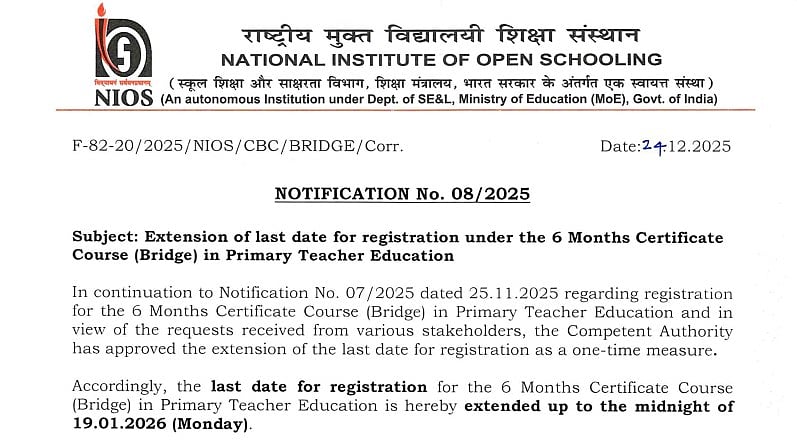With the reports stating that Employees' Provident Fund (EPF) will fetch lower returns in FY 2020-2021, it becomes more than important to know what are the other options available in provident funds (PF).
Apart from EPF, there is Public Provident Fund (PPF) and Voluntary Provident Fund (VPF). In the case of PPF, it has gained some momentum whereas VPF is not as popular as .
EPF v/s PPF v/s VPF
EPF: It is mandatory for salaried people that are working in organizations registered under the Employees’ Provident fund Organization (EPFO) who have more than 20 workers. It is risk-free and eligible for tax deductions. Under the scheme, an employer and employee both put in money, which is then used by the employer when he or she retires.
PPF: This is a government-guaranteed fixed income security scheme. This scheme can be availed by salaried and non-salaried employees. This is mainly a scheme which will be beneficial for individuals who are in an unorganised sector or self-employed. The PPF interest is compounded. That means you not only earn interest in the invested money but also on the interest earned.
VPF: Under the scheme, an employee can voluntarily contribute any portion of his or her salary to the provident fund account. The contribution must be more than the PF ceiling of 12 per cent that has been mandated by the government.
Factors that play a key role in decision making:
Interest Rate: EPF offers a fixed interest rate of 8.5 per cent or less (if you start it this year) whereas VPF will offer the same as EPF. In the case of PPF, at present it is 7.1 per cent as it is linked to 10-year government bond yields. This could change depending on the market, but is less risky.
Contribution: An employee contributes 12 per cent of his salary towards the EPF and an employer pays another 12 per cent.
PPF contribution can be a minimum of Rs 500 subject to a maximum of Rs 1,50,000 per annum. In the case of PPF, the subscriber should avoid depositing more than Rs 1,50,000 per annum as the additional amount will not fetch any interests or tax benefits.
Investment Period/withdrawal: In the case of EPF/VPF, the sum is payable to the subscriber at the time of retirement or resignation. Also, the partial withdrawal from EPF accounts is allowed for purchase/construction of the house, repayment of the loan, non-receipt of the wage for two months, marriage, medical treatment of family members, etc. COVID-19 was also included in the list to allow withdraws.
From the year of subscription to the next 15 years is the lock-in period. However, partial withdrawal after five years is possible. An account holder of PPF can close the account after five years in the case of life-threatening disease. It also allows partial withdrawal to COVID-19-affected subscribers.
Loan facility: For EPF/VPF, subscriber can apply for a loan and also withdraw their complete investment, but in PPF, subscribers can avail loan but only 50 per cent withdrawal is possible.









